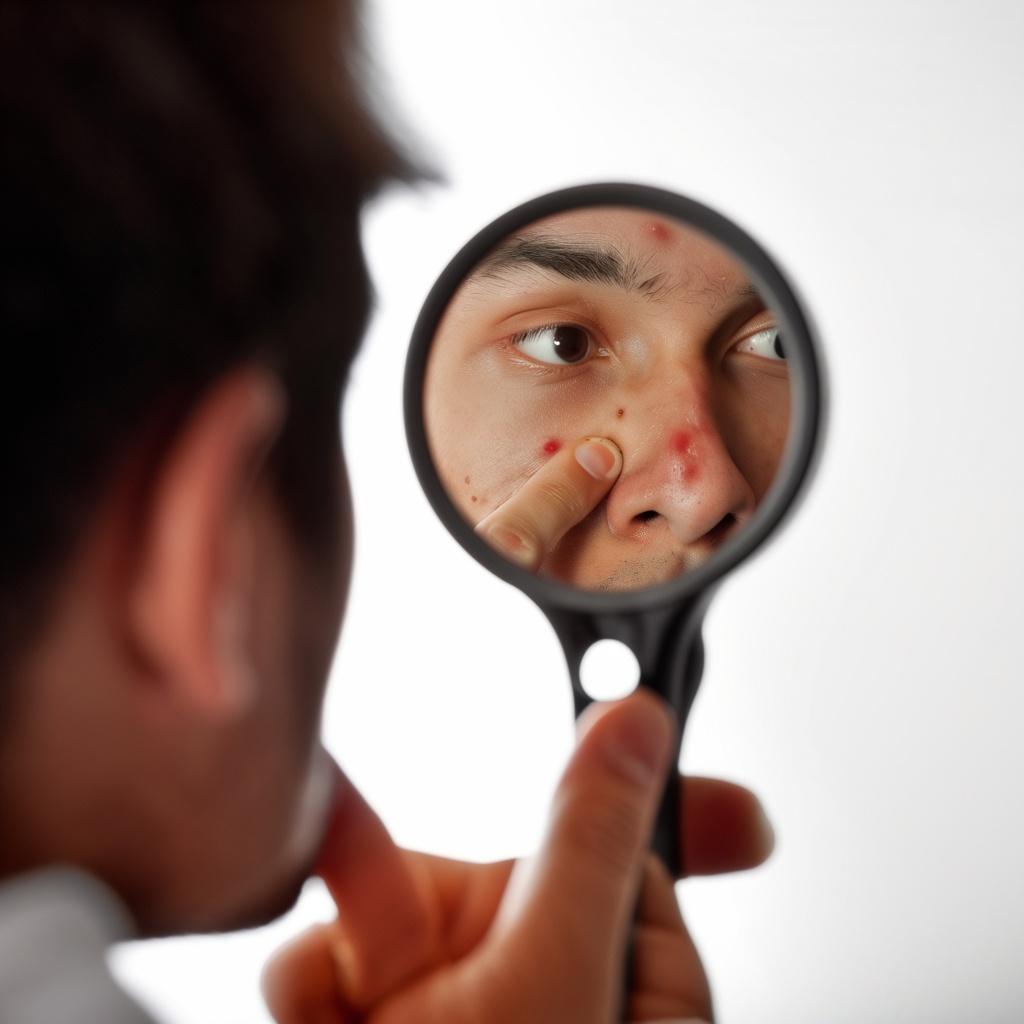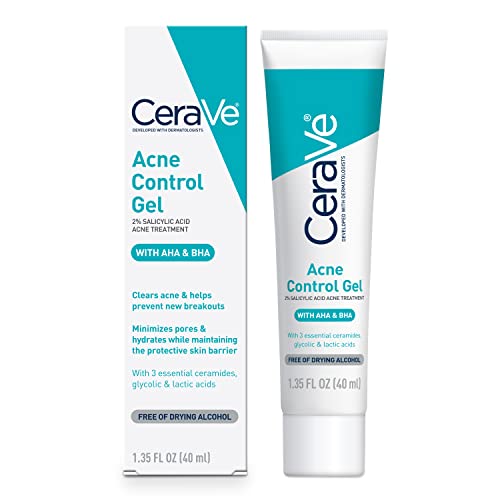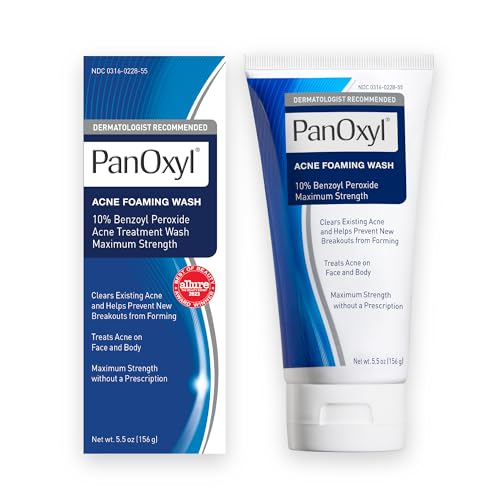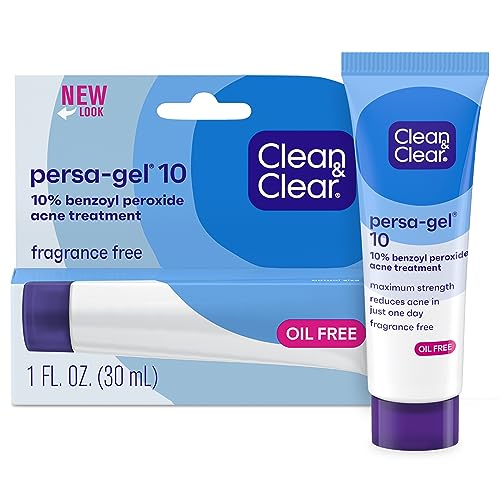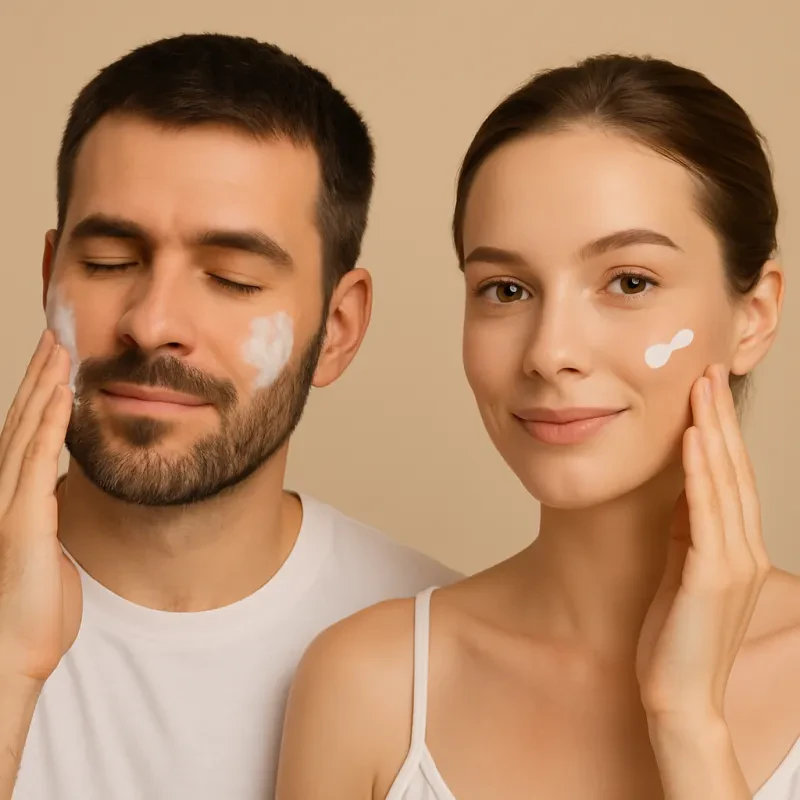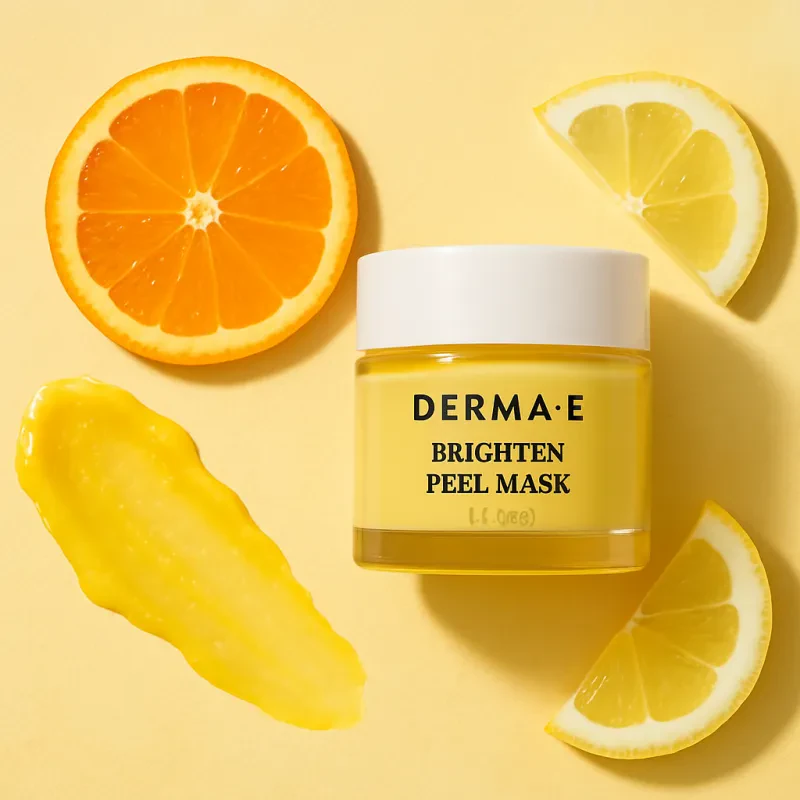Understanding Pimples: What Are They?
Pimples, commonly referred to as acne, are a prevalent skin condition that can affect individuals of all ages. They form when hair follicles become clogged with oil, dead skin cells, and bacteria. The primary contributor to this clogging is the overproduction of sebum, an oily substance produced by sebaceous glands. Understanding the biological mechanisms behind acne formation is essential for comprehending the various types of pimples and their underlying causes.
Acne can manifest in several forms, including whiteheads, blackheads, papules, pustules, nodules, and cysts. Whiteheads and blackheads are classified as non-inflammatory acne, where whiteheads appear as small, flesh-colored bumps, and blackheads are characterized by their open pores, which oxidize and darken. In contrast, inflammatory acne includes papules and pustules, which are tender, raised bumps that may appear red and inflamed, often filled with pus. On the more severe end of the spectrum are nodules and cysts, which are larger, painful lumps that develop deeper within the skin layers.
The causes of pimples are multifaceted. Hormonal fluctuations, particularly during puberty, menstruation, and pregnancy, can increase sebum production, leading to clogged pores. Additionally, certain medications, dietary factors, and stress levels can exacerbate acne conditions. Bacteria, particularly Propionibacterium acnes, also play a crucial role in acne development as they thrive in clogged pores, leading to inflammation and further aggravation of the skin. Understanding these biological and environmental factors is critical for implementing effective prevention and treatment strategies, as well as for discerning the complexities surrounding whether one should pop pimples or not.
The Temptation: Why Do People Want to Pop Pimples?
Pimple popping has become a widespread practice, often fueled by cultural perceptions of beauty and the quest for clear skin. Many individuals experience an irresistible urge to pop their pimples when they arise. This impulse can often be attributed to psychological factors that deeply influence individuals’ behavior towards their skin imperfections. One primary reason people are tempted to engage in this activity is the desire for immediate results. The sight of a blemish can evoke a strong emotional response, driving individuals to seek quick solutions to achieve a clearer complexion.
Furthermore, societal standards of beauty play a significant role in shaping perceptions of acne. In a culture that often equates clear skin with attractiveness, individuals may feel pressured to address blemishes promptly. This societal influence can enhance feelings of inadequacy, particularly for younger individuals who may still be developing their self-esteem. The immediate gratification of removing a pimple becomes appealing when faced with the possibility of unwanted attention arising from visible acne.
Moreover, there is a complex psychological aspect to the act of popping a pimple. Many people find that the physical act provides a sense of control over their skin and, in a way, their self-image. The physical sensation associated with popping, whether it be the release of pressure or the satisfying visual outcome, can lead to a momentary feeling of accomplishment. However, this behavior can also stem from an attempt to confront the discomfort associated with having visible acne. The challenge lies in balancing the desire to eliminate acne with the awareness of potential adverse consequences, including scarring and infection. Thus, recognizing these psychological factors is essential for understanding the broader implications of the temptation to pop pimples.
The Pros of Popping Pimples: When Is It Justified?
Although dermatologists typically advise against pimple popping, there are circumstances when it might be justified. Waiting for a pimple to reach a mature stage, when it is visibly inflamed and has a noticeable whitehead, may provide an opportunity to safely extract it. At this stage, the contents of the pimple have collected near the surface of the skin, making it easier to remove without causing extensive damage to the surrounding tissue.
In certain scenarios, such as imminent events like a wedding or an important presentation, individuals may feel inclined to pop a pimple to improve their appearance. When done with care, this act can lead to immediate results, clearing the skin temporarily. The extraction of pus and debris can reduce pressure and pain associated with a swollen pimple, providing relief.
Additionally, certain techniques, when executed correctly, can decrease the risk of long-term scarring. For example, using sanitized tools and ensuring clean hands can significantly improve safety. By gently applying pressure using a comedone extractor or pinching the skin around the pimple, one can minimize trauma to the pore. Furthermore, this method can prevent further clogging, which can lead to new breakouts.
Nevertheless, it is critical to assess the pimple’s condition. Individuals should refrain from popping cystic acne or painful nodules, as these types can necessitate medical intervention. Understanding the difference between types of breakouts helps inform whether popping is a viable option. While there are pros to pimple popping under the right circumstances, caution, and premeditation should always be prioritized to maintain skin health and minimize potential adverse effects.
The Cons of Popping Pimples: Risks and Consequences
Popping pimples may seem like a quick solution to clear your skin, but it carries several significant risks and consequences that can lead to undesirable outcomes. One of the primary concerns is the potential for infection. When a pimple is forcibly punctured, the skin barrier is compromised, allowing bacteria to enter the open wound. This can result in the development of more severe acne, such as cystic acne, or even lead to systemic infections that necessitate medical intervention.
Another critical issue associated with popping pimples is scarring. The act of squeezing can cause trauma to the skin, leading to permanent discoloration or textural changes. Post-inflammatory hyperpigmentation (PIH) often occurs, particularly in individuals with darker skin tones, resulting in dark spots that may take months to fade. Additionally, hypertrophic scars or keloids can form as a response to skin trauma, which can be challenging and costly to treat.
Inflammation is another adverse consequence of popping pimples. The procedure can cause increased redness, swelling, and pain, exacerbating the initial condition. Many individuals mistakenly believe that popping will provide immediate relief or improvement; however, it often leads to prolonged healing times and further discomfort. It is also common for people to use improper techniques, such as using dirty hands or non-sterile tools, which amplifies the risk of complications.
In conclusion, while the temptation to pop pimples might arise from a desire for clear skin, one must weigh the potential risks seriously. Instead of engaging in this risky behavior, consider alternative methods such as topical treatments or seeking dermatological advice, which can effectively manage acne without the turmoil of adverse effects.
How to Safely Pop a Pimple: Step-by-Step Guide
Popping a pimple can be tempting, but if you choose to do so, it is crucial to follow a methodical approach to minimize potential damage to your skin. Safety is paramount in this process to reduce the risk of scarring or infection.
Begin by preparing the area where you will be working. Ensure your hands are clean by thoroughly washing them with soap and warm water. If available, consider using an alcohol-based hand sanitizer for added safety. Next, cleanse your face with a gentle cleanser to remove any dirt and oil around the blemish. This helps prevent bacteria from entering the skin during the popping process.
With your skin cleansed and your hands sanitized, you should next gather your tools. The two most common options are sterile comedone extractors and clean cotton swabs. A comedone extractor provides precise pressure to eliminate the pimple without excessive irritation, while cotton swabs can help you manage your touch more delicately.
After your tools are ready, it is advisable to soften the pimple. This can be done with a warm compress applied for a few minutes, which helps open up the pores. Once softened, gently wrap a piece of gauze around your fingers or use the extractor. If you are using cotton swabs, apply a gentle, steady pressure around the pimple, aiming to push from the sides rather than directly from the top.
If the pimple does not release easily, avoid forcing it, as this can lead to skin damage and scars. Once successful, cleanse the area again with an antiseptic to minimize the risk of infection and promote healing. Finally, apply a soothing product such as aloe vera gel to calm the skin.
By following these steps, you can navigate the process of pimple popping with a reduced risk of complications, ensuring that your skin remains healthy and free from acne scars.
Post-Popping Care: Healing Your Skin
After the decision to pop a pimple, it is crucial to implement an appropriate aftercare routine to promote optimal healing and minimize the risk of scarring. The skin may be sensitive and inflamed post-extraction, necessitating gentle care. First and foremost, cleansing the area with a mild, non-comedogenic cleanser is essential. This helps remove any debris or bacteria that may have entered the skin during the popping process, thereby reducing the likelihood of infection.
Following cleansing, applying an antiseptic solution can significantly aid in the healing process. Look for those containing ingredients like benzoyl peroxide or salicylic acid, which not only help to prevent infection but also assist in further unclogging pores. Furthermore, consider using a soothing ointment like aloe vera gel, known for its anti-inflammatory properties, to calm the irritation and promote skin recovery.
Moisturization is another critical step in post-popping care. Using a gentle and fragrance-free moisturizer can help maintain the skin's hydration barrier, which may have been compromised during the extraction. Additionally, incorporating a non-irritating sunscreen into your routine is vital. The sun can exacerbate redness or darken scars, so protecting the skin from sun exposure will support the healing process.
Lastly, lifestyle changes can also play a significant role in recovery. Drinking plenty of water helps keep the skin hydrated from the inside out, while ensuring a balanced diet rich in vitamins and minerals supports skin health. Adequate sleep allows the skin to repair and regenerate effectively. Avoiding harsh scrubs or exfoliants immediately after popping a pimple is essential, as these can further irritate the affected area and prolong recovery. Engaging in these post-popping care techniques will enhance healing and significantly reduce the risk of unsightly scars.
Alternative Approaches: Managing Pimples Without Popping
Managing pimples effectively goes beyond the temptation of popping them, which can lead to further irritation and scarring. Numerous alternative approaches can help prevent and treat acne in a safe, effective manner. One of the primary steps is the adoption of a consistent skincare routine that includes cleansing, toning, and moisturizing. Gentle exfoliation can help remove dead skin cells and prevent clogged pores, thereby reducing the likelihood of breakouts.
Over-the-counter topical treatments can be very effective in addressing pimples without the need for popping. Products containing benzoyl peroxide or salicylic acid are particularly popular. Benzoyl peroxide helps eliminate acne-causing bacteria, while salicylic acid works to unclog pores and reduce inflammation. For those with sensitive skin, options containing alpha hydroxy acids (AHAs) may offer a gentler alternative.
In addition to pharmaceutical treatments, many are turning towards natural remedies as a holistic approach to managing pimples. Tea tree oil, for instance, has antimicrobial properties that may assist in reducing acne severity. Similarly, honey offers natural antibacterial benefits and can be used as a soothing face mask. Incorporating these natural solutions may complement topical treatments, contributing to healthier skin.
While these methods can be helpful, it is crucial to consult a dermatologist for persistent or severe acne. Dermatologists can offer tailored treatment plans that consider individual skin types and conditions. They may recommend prescription medications or professional treatments, such as chemical peels and laser therapy, which can further assist in minimizing breakouts and promoting skin health.
Through these alternative approaches, individuals can empower themselves in the management of acne, avoiding the risks and complications associated with popping pimples.
When to Seek Professional Help: Acne Beyond the Ordinary
Acne is a common skin condition that can affect individuals of all ages. While many people manage mild acne with over-the-counter products and proper skincare routines, there are instances when it is wise to consult a dermatologist. Recognizing the signs of more severe acne is crucial in preventing further skin damage and achieving effective treatment.
If you find yourself experiencing inflammatory acne, characterized by red, swollen, and painful lesions, it's advisable to seek professional help. This type of acne can escalate quickly and may lead to scarring if not addressed appropriately. Moreover, if your breakouts are persistent despite using topical treatments, a dermatologist can provide stronger prescription medications or topical therapies that are tailored to your specific condition.
Another indicator that it may be time to consult a dermatologist is when acne is accompanied by other symptoms, such as excessive oiliness, blackheads, or cysts. These signs often suggest that the acne may be hormonal or complex, requiring specialized intervention beyond standard care. Additionally, if you've tried various treatments without success or if acne is impacting your self-esteem, a dermatologist can assist in creating a personalized treatment plan, which may include options such as oral medications, hormone therapy, or laser treatments.
Furthermore, individuals who notice changes in their skin, such as the development of unusual lesions or widespread rash alongside acne, should seek professional evaluation to rule out any underlying health issues. Early intervention can significantly enhance treatment outcomes and minimize the risk of scarring. In conclusion, recognizing when to seek expert help is essential for maintaining healthy skin and effectively managing acne conditions.
Conclusion: Finding the Right Balance
Throughout this blog post, we have explored the contentious topic of pimple popping, weighing its advantages and disadvantages while also discussing safe techniques for minimizing skin scarring. Understanding both sides is essential in making an informed decision about whether to proceed with this common yet debated practice. On one hand, popping a pimple can provide immediate relief and satisfaction, allowing individuals to address an unsightly blemish swiftly. However, it is critical to recognize the associated risks, including potential skin infections, scarring, and exacerbation of acne conditions.
Moreover, we detailed various safe techniques that may reduce the likelihood of adverse effects when choosing to pop a pimple. These methods emphasize the significance of proper hygiene and the importance of utilizing appropriate tools, as well as understanding the right timing in regards to the pimple's lifecycle. These precautions aim to shield the skin from further complications while still addressing cosmetic concerns.
Ultimately, each individual must assess their unique skin health and personal preferences before deciding whether to pop pimples. For some, the act may provide a sense of control and improve self-esteem, whereas others may prefer to seek alternative treatments or allow their skin to heal naturally over time. Recommendations from dermatological professionals will also enhance one’s understanding of appropriate interventions. In the end, maintaining a healthy skincare routine and prioritizing skin health is paramount, regardless of one's choice regarding pimple popping. The key lies in striking a balance that fosters both physical and emotional wellness for the skin.
